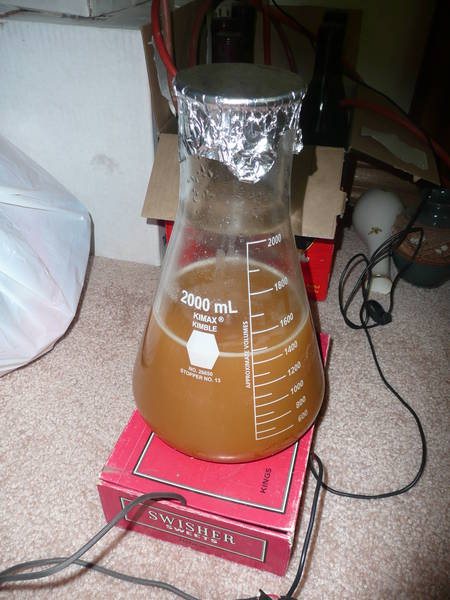neumann
Well-Known Member
Got my ingredients from Austin Homebrew via UPS yesterday afternoon. Got everything unpacked and found my yeast (Wyeast Kolsch "Smack Pack")right next to what was labeled "Ice Pack." However, if that had once been ice, it no longer was. It was all warm. First thing I did was put it in the fridge. I will know before I pitch it if it is still viable because of the Smack Pack but what are the chances I will have to head out to my LHBS tomorrow morning?






